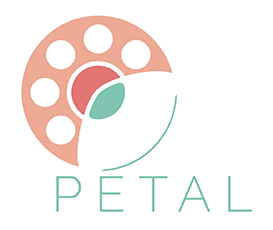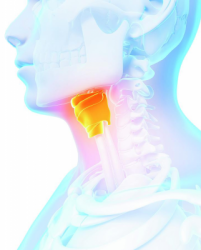For greater comfort, the manufacturers have developed tools that could be attached on the cannula or on the adhesive.
The most important is the Heat and moisture exchanger (HME). In fact, your lungs were used to receiving filtered, warmed and humidified air through your nose. The cold and dry air outside increases pulmonary secretions. The principal role of the HME is to filter, warm and humidify the air you breath in through the tracheostoma, this is why it is sometimes called an artificial nose.
There are several models, and two main manufacturers: Atos and Ceredas.





